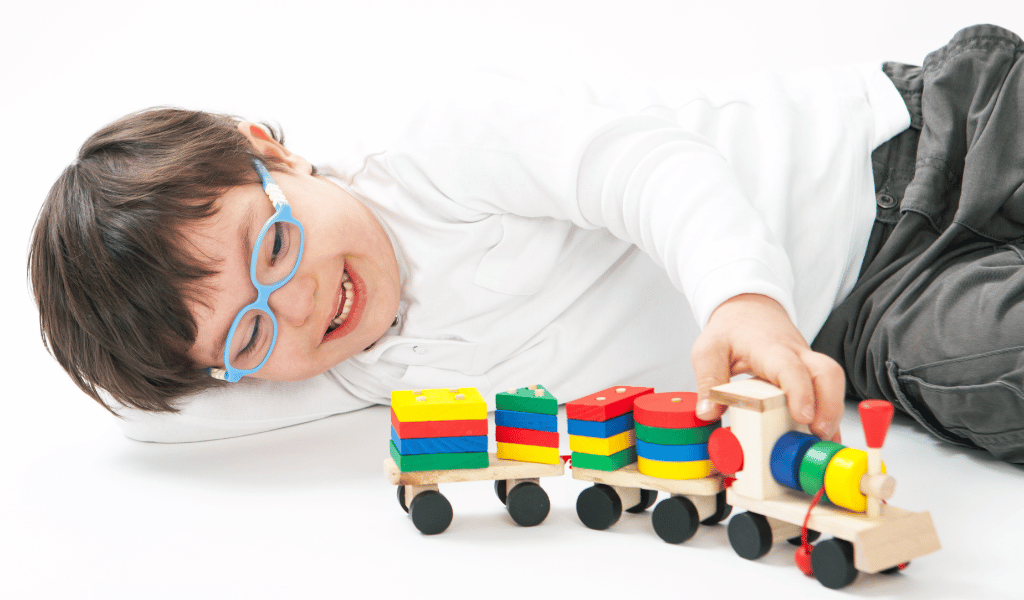Pediatric Physical Therapy

Pediatric Physical Therapy consists of specific interventions and supports, which are performed by a licensed Physical Therapist, on children birth through adolescence. The goals of physical therapy are based on the child and families needs, and are accomplished by performing a thorough examination, evaluation, plan of care and individualized program that is designed specifically for the child. The physical therapist works closely with the child, their families, other medical, educational, developmental and rehabilitation specialists in order to provide the highest level of comprehensive care for the child in order to achieve the child’s highest potential.
Who needs Physical Therapy and who is entitled to receive it?
Any child, birth through adolescence, who has been identified by their family physician, a physician specialist, registered nurse practitioner (ARNP) as having a condition or injury which results in, but is not limited to, decreased independence, limited participation in daily living skills, inability to develop motor milestones in a timely manner, decreased strength, impaired muscle tone, requires enhanced learning opportunities, needs equipment for daily functions, etc. If you suspect your child is in need of physical therapy services, ask your pediatrician and get a referral (prescription) to consult a licensed pediatric physical therapist.
The provision of Pediatric Physical Therapy is required legislatively by Public Law 105-17, the Individuals with Disabilities Education Act (IDEA), Section 504 of the Rehabilitation Act, and the Americans with Disabilities Act.
Physical Therapists assist children with a variety of health problems through the use of multiple modalities in order to improve functional skills. Pediatric Physical Therapists specialize in the diagnosis, treatment and management of infants and children through adolescence with neurological, developmental, orthopedic, congenital or acquired injuries/diseases. Treatment is typically accomplished through play and addresses such areas as:
- Balance and coordination
- Muscle tone and strength
- Endurance
- Gross Motor development
- Postural Control and alignment
- Gait training
- Adaptive equipment and training
- Developmental milestones
- Motor processing and planning
- Environmental adaptations


